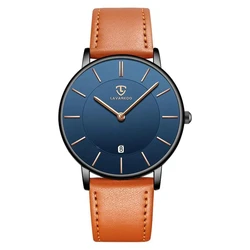Kids Cotton School Uniform
Premium Kids Cotton School Uniform Sourced from Certified Global Manufacturers and suppliers
Global Sourcing Hub
Source from 2,800+ verified Kids Cotton School Uniform manufacturers in 45+ countries with Secure Trade Guarantee







